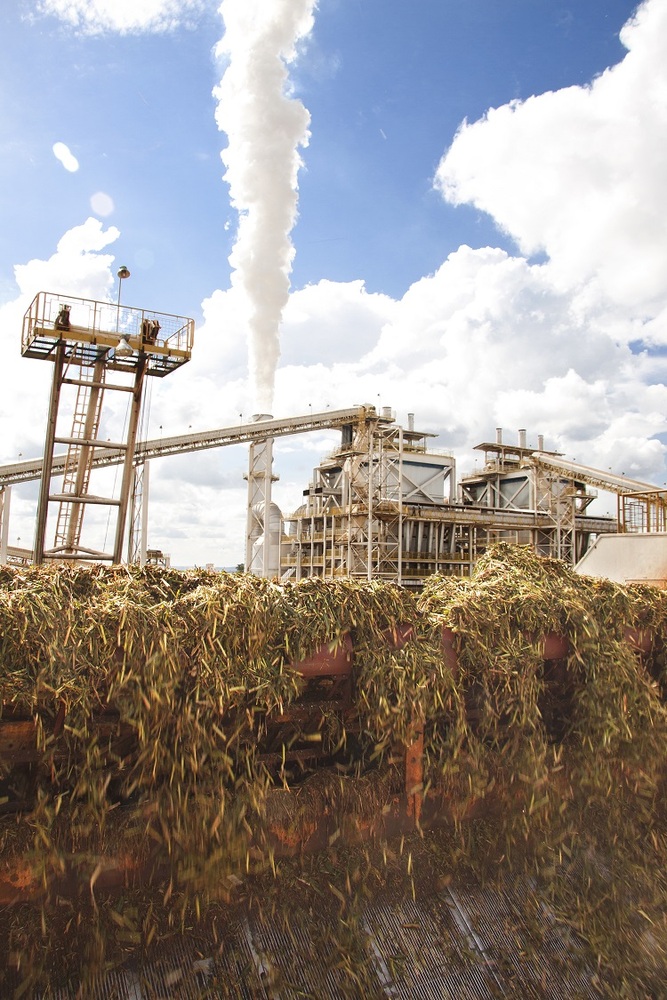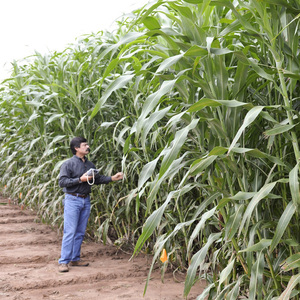Ceres reports favorable sorghum growth in Brazil in Q2 results







Ceres Inc.
April 10, 2015
BY Katie Fletcher
Advertisement
Advertisement
Related Stories
The U.S. Department of Energy on May 7 issued a request for information seeking stakeholder input on ways to decarbonize the off-road transportation sector, including through the use of biodiesel, renewable diesel, RNG and other renewables.
The U.S. Energy Information Administration currently predicts renewables will account for 23% of U.S. electricity generation this year, increasing to 25% next year, according to the agency’s latest Short-Term Energy Outlook, released May 7.
PBF Energy Inc. on May 2 announced that its St. Bernard Renewables facility operated well during the first quarter of this year, producing an average of 18,000 barrels per day of renewable diesel during the quarter.
Holland America Line announced the start of a long-term biofuel test on its flagship, Rotterdam, leveraging 100% low carbon intensity biofuel while sailing within the Norwegian World Heritage Fjords.
Topsoe has signed an agreement with Cepsa to provide its HydroFlex technology for the production of sustainable aviation fuel (SAF) and renewable diesel at a new biorefinery under development by Cepsa in Spain.





